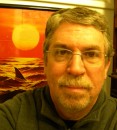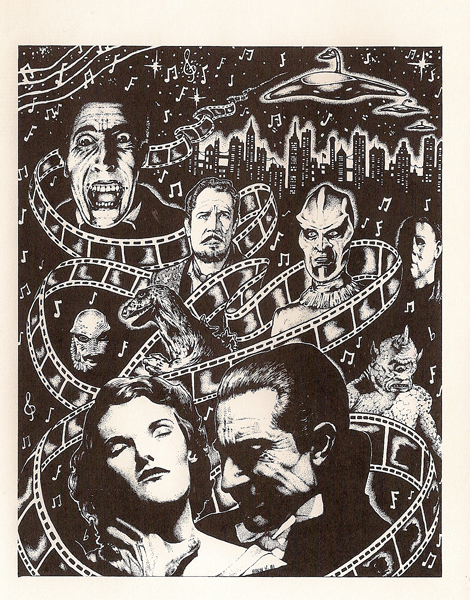August 21, 2020
The Chilled Waters of SEA FEVER: An Interview with Composer Christoffer Franzén
By Randall D. Larson
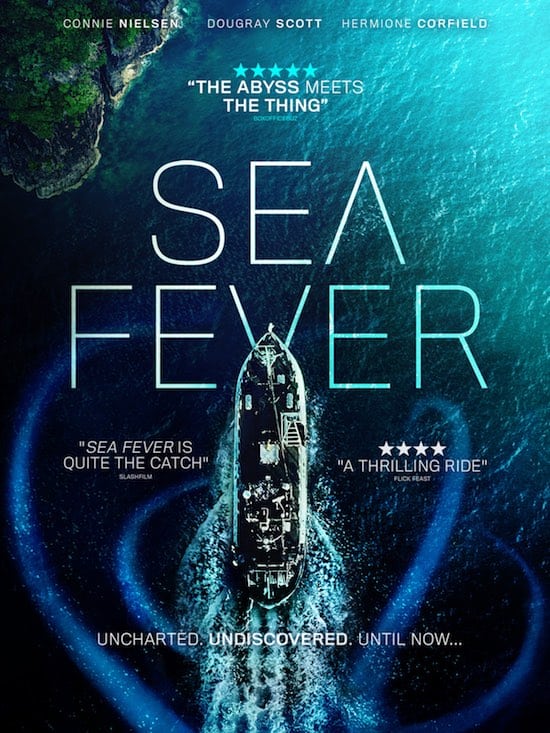
The science fiction/horror film SEA FEVER is a co-production between Ireland, Sweden, Belgium, and the US and UK. The film premiered at the 2019 Toronto Film Festival last September, and debuted digitally from DUST, the popular multi-platform for binge watchable science fiction short films and other content from emerging filmmakers, last April. In the film, a bizarre creature hitches a ride on a departing fishing trawler, marooning the ship at sea and engaging the ship’s crew in a fight for survival. The film stars Connie Nielsen, Dougray Scott, and Hermione Corfield and is written and directed by Irish filmmaker Neasa Hardiman, (known for directing episodes of TV’s JESSICA JONES, HAPPY VALLEY, Z: The Beginning Of Everything, and others).
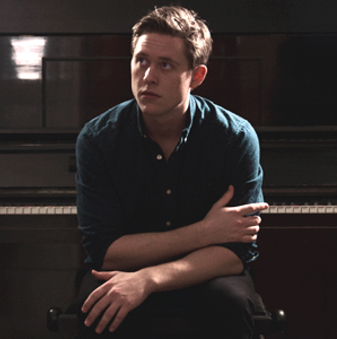
Swedish born multi-instrumentalist, composer, and producer Christoffer Franzén is known for his solo-project Lights & Motion, which he created in 2012 after having experienced a prolonged period of insomnia, and ended up spending his nights by himself, writing music. He gained worldwide recognition when his music was featured in Google’s Film In Review commercial during the Oscars in 2013. His music has since been featured in multiple Hollywood trailers, Television Shows & commercials, and elsewhere. The digital soundtrack album for the new science fiction/horror thriller SEA FEVER has been released by Deep Elm Records and is also available for download of streaming from these sources.
Q: How did you become involved with SEA FEVER?
Christoffer Franzén: I was first contacted by one of the producers of the film back in February of last year, asking me if I would be interested in possibly scoring it. I thought it sounded like a very interesting project, so I proceeded to read the script and had a meeting with Neasa Hardiman, the director.
Q: What were your initial inclinations about the kind of music the film needed—or the director wanted—and how did that develop into the final score we hear in the movie?
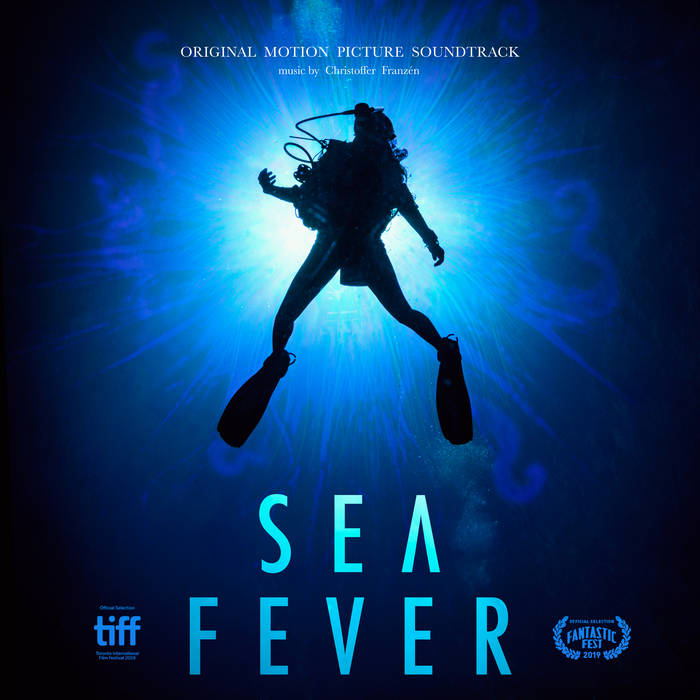
Christoffer Franzén: Neasa had a great vision for what she wanted the music to bring to the film from the start. It takes place on a fishing trawler out at sea, and she had an idea of having some of the music sound almost as though it was a part of the groaning and creaking of the ship itself. The film is all about tension and unease—we wanted to accomplish that by creating interesting and creepy atmospheres, and so a lot of the score is very textural, which I really enjoyed creating. We worked on it for a long time leading up to the premiere at the Toronto International Film Festival, and I was brought on board (no pun intended) right as they were assembling the first cut, so naturally we did a lot of experimenting in trying to find just the right tone. Neasa is a very musical and collaborative director, and we worked closely together in shaping the storytelling of the score. I think one of the things the long post-process period gave us was the time to try out different approaches, and as we went along we found that a more minimalist approach worked the best.
Q: What kind of music does a modern horror film need, and how did you accommodate those needs while also coming up with something original of your own?
Christoffer Franzén: That’s a very hard question to answer, because there are as many right ones as there are movies. I think that tension is at the heart of it, and I think what we discovered was that you don’t necessarily have to go loud in order to create that. In fact, almost the opposite can be true, and SEA FEVER doesn’t really resort to jump-scares, so we had to play around with the uncanny rather than the abrasive. I guess it comes down to the story you’re trying to tell, and what is appropriate. I do think a lot of horror music tends to be using up a lot of the high-frequency spectrum, be it screechy violins or loud brass—a lot of the music in SEA FEVER occupies the lower end of the frequency spectrum, and I think that created a sense of something being off, whilst not having the music be in your face all the time, so to speak. There are a couple of instances in this film where we turn up the music and let it bloom out in a more aggressive way, and that was a lot of fun too, but it happens just on a few occasions.
Q: The film, of course, is much more than a horror picture, having significant nuances in character drama and in ecological compassion in its way of dealing with a dangerous creature who is really just trying to survive against these strangers that have intruded in its environment. How did your score envelope all of these concepts?

Christoffer Franzén: It was important to find the correct pacing of the music so that it follows the narrative and doesn’t try to jump ahead or in a way be too much on the nose. The film is a tense slow-burner, with nuanced characters and very much based in a reality, so all of this had to be reflected in the music. Neasa was fantastic in how she described all of this through our many conversations, and seeing as she is both the writer and the director, she knows the story inside and out. I remember scoring a specific scene towards the second half of the film which could go in a few different directions, and I sent her an email asking about the characters and she brilliantly provided me with this entire backstory that isn’t really in the film, but totally helped me to unlock the emotion that I needed to underline. As for the creature, we wanted to give it a sound that was almost primal but also simple. So I used a brass section that played a single loud note but in several different octaves, and then I processed it by doing an artificial pitch-bend and reversed it, distorted it and did a bunch of other crazy things. The result is this roaring sound that, at least to me, feels like it’s coming from below and raising up, which I thought was an appropriate image for a creature that lives in the depths of the ocean. This sound can be heard all throughout the film in different versions.
Q: Are there any live instruments in the score, and if so how were they used in conjunction with samples and synthesizers to generate the kind of musical accompaniment you wanted?
Christoffer Franzén: Yes, I play a lot of different stuff on it myself like guitar, piano, drums, and synths. I also recorded the Berlin-based artist Adna’s beautiful singing, and then I took her voice and processed/mangled it so that it eerily swells in and out of the score, being almost dissonant but not quite. This can be heard most prominently in the cue “Ciara.”
I knew I wanted to have an organic feel to the atmospheric stuff as well, and one of the first things I did was record my piano, playing very low notes in a specific key, and then I took those recordings and processed/looped them through tape-saturation so that we got this evolving and moving and slightly odd textures, but without hearing the attack of the piano. Another thing I did was take cello recordings, pitch them down and did all kinds of processing so that they sounded nothing like cellos, but rather this low menacing soundscapes. This technique became sort of a foundation of the score, using organic sounds and instruments to create something else entirely.
Q: How you would describe your score’s thematic or motivic construction and interaction?
Christoffer Franzén: Like we’ve touched on a bit before, a lot of the thematic material of the score has a lot to do with the sound world itself, and how that is being presented. Around midway throughout the process we had a meeting in Dublin with me, Neasa, and the guys who did the sound for the film, and we spent a full day discussing how the music and the sound could intertwine throughout the film. There are a couple of occasions where it’s hard to tell what is score and what is the actual sound of the environment, and I really love that. Then we have a minimalistic and clean theme played on the piano for our main character Siobhán, which is in contrast to all the other people on the boat and that gruff environment; she is a scientist and really belongs in a lab where she has control of everything, and that disconnect creates a lot of interesting drama.
Q: What are some of your favorite moments in the score—musical cues you felt really worked especially well?
Christoffer Franzén: I really like those instances where the score gets pretty minimal but (hopefully) manages to say a lot with just a couple of sounds. That doesn’t mean you just grab a synth and play a minor chord—often times the smaller cues can be even more difficult than the bigger ones in a way, because you have to be really careful about how you present them because there is nothing to hide behind. I also like the final cue of the film, and how the music really blooms at that moment.
Q: What was most challenging for you in coming up with this score? What was most rewarding?
Christoffer Franzén: I think most challenging was the sheer amount of music I wrote for it. There is about one hour’s worth of music in the film, and probably close to two hours of material that we didn’t end up using on top of that, so it was very labor intense. Trying to find just the right tone for it was a challenge, but that very thing was also the most rewarding in that me and Neasa worked so closely together, and we really discovered it together.
Q: For many years you’ve had the opportunity to score film trailers. How did you get started in that and how did that help lead you into scoring films yourself, in terms of gaining a reputation and getting experience in scoring visual storytelling?

Christoffer Franzén: I guess what I’m most known for is my solo-project which is called Lights & Motion, where I write (mostly) instrumental music and put out albums as an artist, and I’ve been doing that since 2013 when my first album was released. A lot of those songs ended up in big movie trailers and TV shows, etc., and that was really just a cool bonus in addition to creating the kind of music that I wanted to create. I have put out so much music under that name by now that I guess people connect that with a specific sound. In these last couple of years opportunities have presented themselves where I have been offered to work on movies with great people, and that is just another avenue of writing music that I’m keen to explore.
Q: How did your background as a composer, producer, and multi-instrumentalist lead to your opportunities in film music, and in scoring films like SEA FEVER?
Christoffer Franzén: I think having worked for so many years as a professional composer and producer was instrumental in taking on a challenge like scoring feature films. In addition to all the music you have to write for a movie, you need to be pretty technically well-versed in order for you to stay on top of a schedule like that, with different edits of the movie coming in all the time. I think it also helps to actually play some instruments, because that lets you get away from just using the computer, and you can add a unique touch to a score by imbuing it with your own performances, and that very fact provides it with an organic feel.
Q: What are you able to tell us about your upcoming projects—or where you hope your journey into music will lead you in the future?
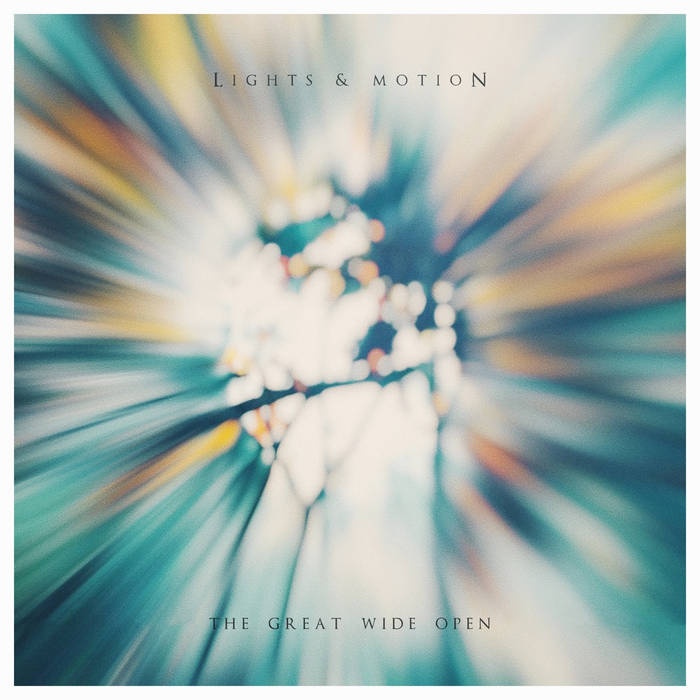
Christoffer Franzén: I have actually just released a new Lights & Motion album last May 15th, called The Great Wide Open, which is very exciting. Seeing as the world is going through a massive crisis at the moment, we will have to see what happens after that. Something I do know is that I am keen to keep on creating in whatever form it takes, and if I can do that together with other collaborative people then all the better.
For more information on Christoffer Franzén see www.lightsandmotion.com.
Watch the SEA FEVER trailer:



